Time Periods
Paleolithic
Mesolithic
Neolithic
Chalcolithic
Bronze Age
Iron Age
Classical Period
Post-Classical Period
Early Modern Period
Industrial Period
Contemporary Period
Time Periods
Paleolithic
Mesolithic
Neolithic
Chalcolithic
Bronze Age
Iron Age
Classical Period
Post-Classical Period
Early Modern Period
Industrial Period
Contemporary Period
Location
About
The Varna Necropolis, located in Bulgaria, is an archaeological site of immense significance, primarily from the Chalcolithic period. Discovered accidentally in 1972, it is renowned for containing the oldest known gold artifacts, dating back to approximately 4569-4340 BCE. The site features 294 graves, including both inhumations and cenotaphs, the latter often rich in gold artifacts. The Varna Necropolis highlights advanced metallurgical practices of the era with gold and copper artifacts, alongside pottery, flint, and obsidian tools. The cultural and trade exchanges of the Varna people extended to distant regions. The site's discovery has provided critical insights into the Chalcolithic period, revealing a society with hierarchical structures and significant religious beliefs. Its artifacts are celebrated worldwide, showcasing the advanced craftsmanship and trade networks of early European civilizations.
Gallery
Explore photographs of ancient structures, artifacts, and archaeological excavations at Varna Necropolis
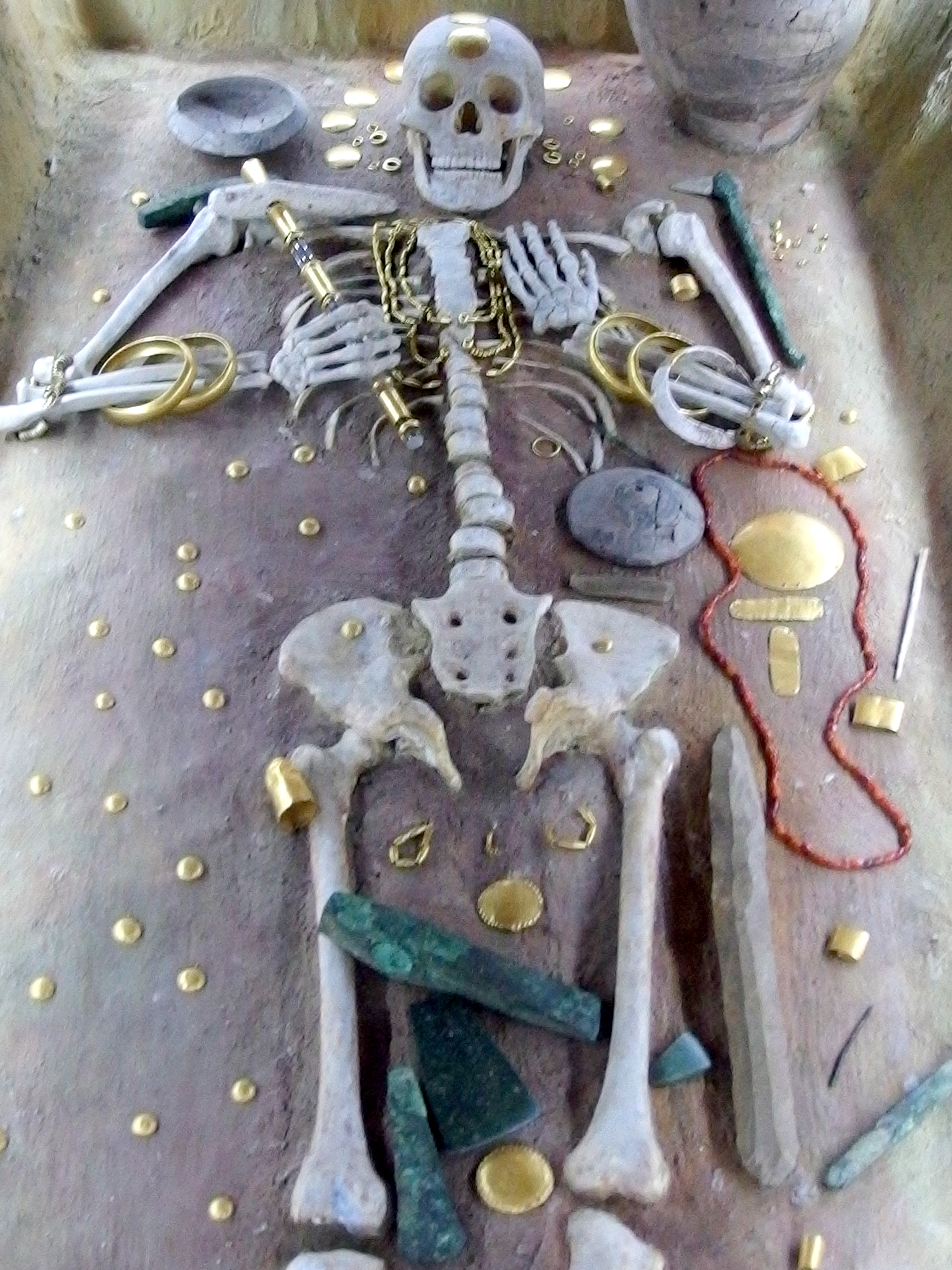
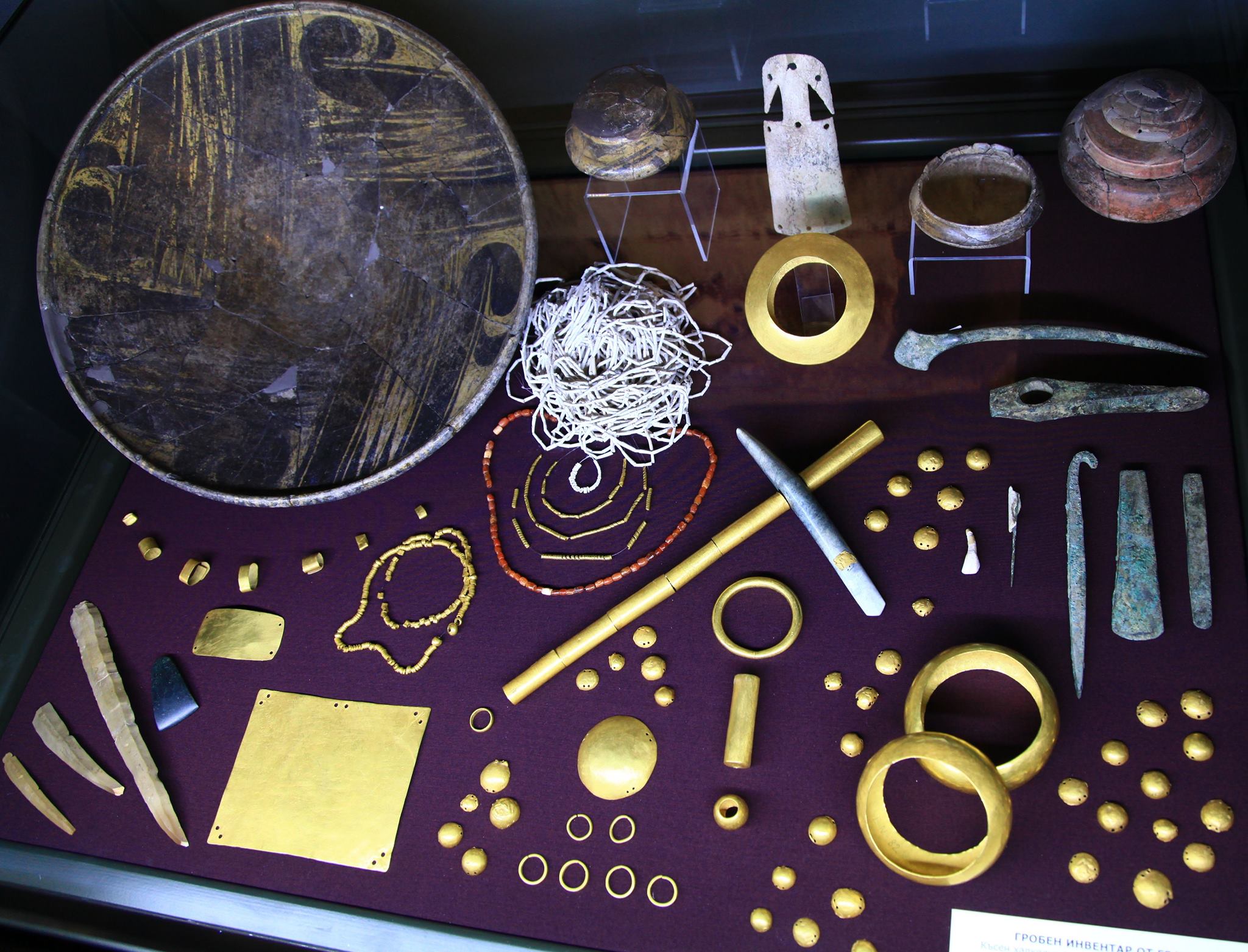
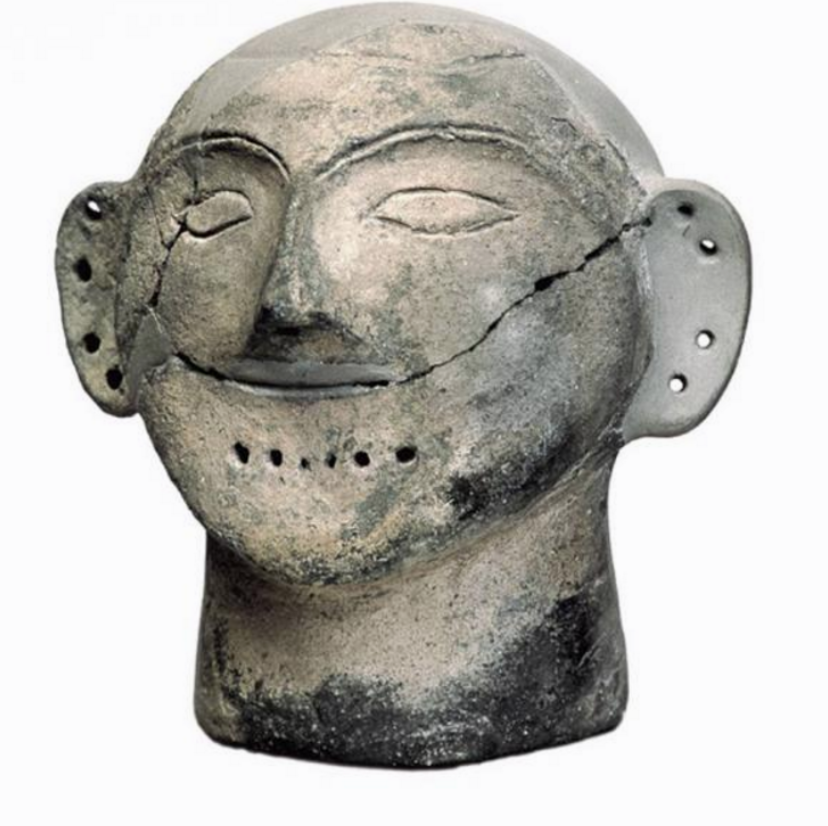
Archaeological Features
Explore the unique architectural and cultural elements found at this historical site
Burial and Funerary Structures
Industrial and Craft Structures
Historical Timeline
Journey through time and discover key events in this site's archaeological history
Plan Your Visit
Details
- Country
- Bulgaria
- Source
- Wikipedia
More Sites in Bulgaria
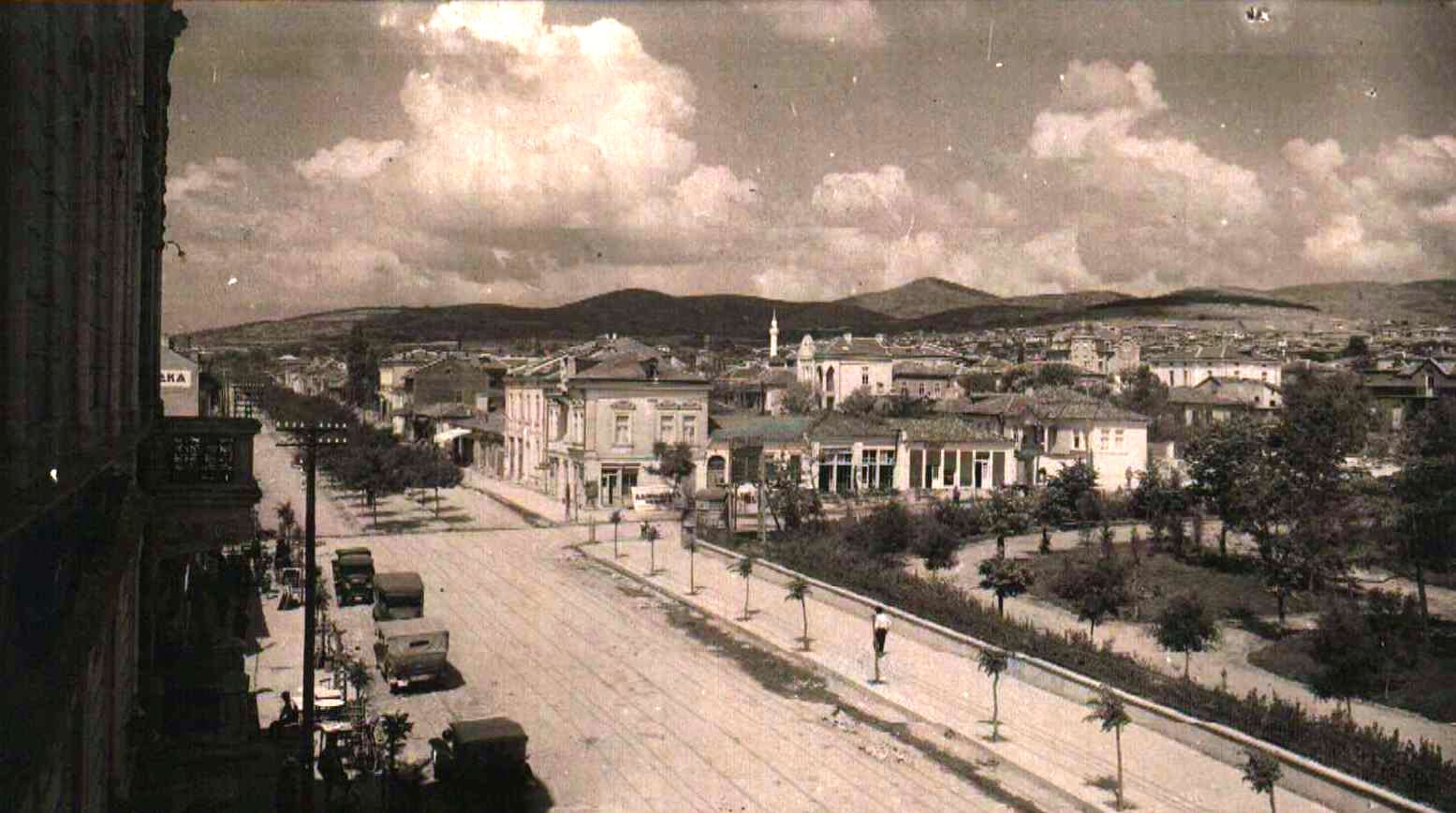
Stara Zagora
Neolithic to Medieval Thracian settlement.

Tell Yunatsite
Multilayered settlement mound in Bulgaria
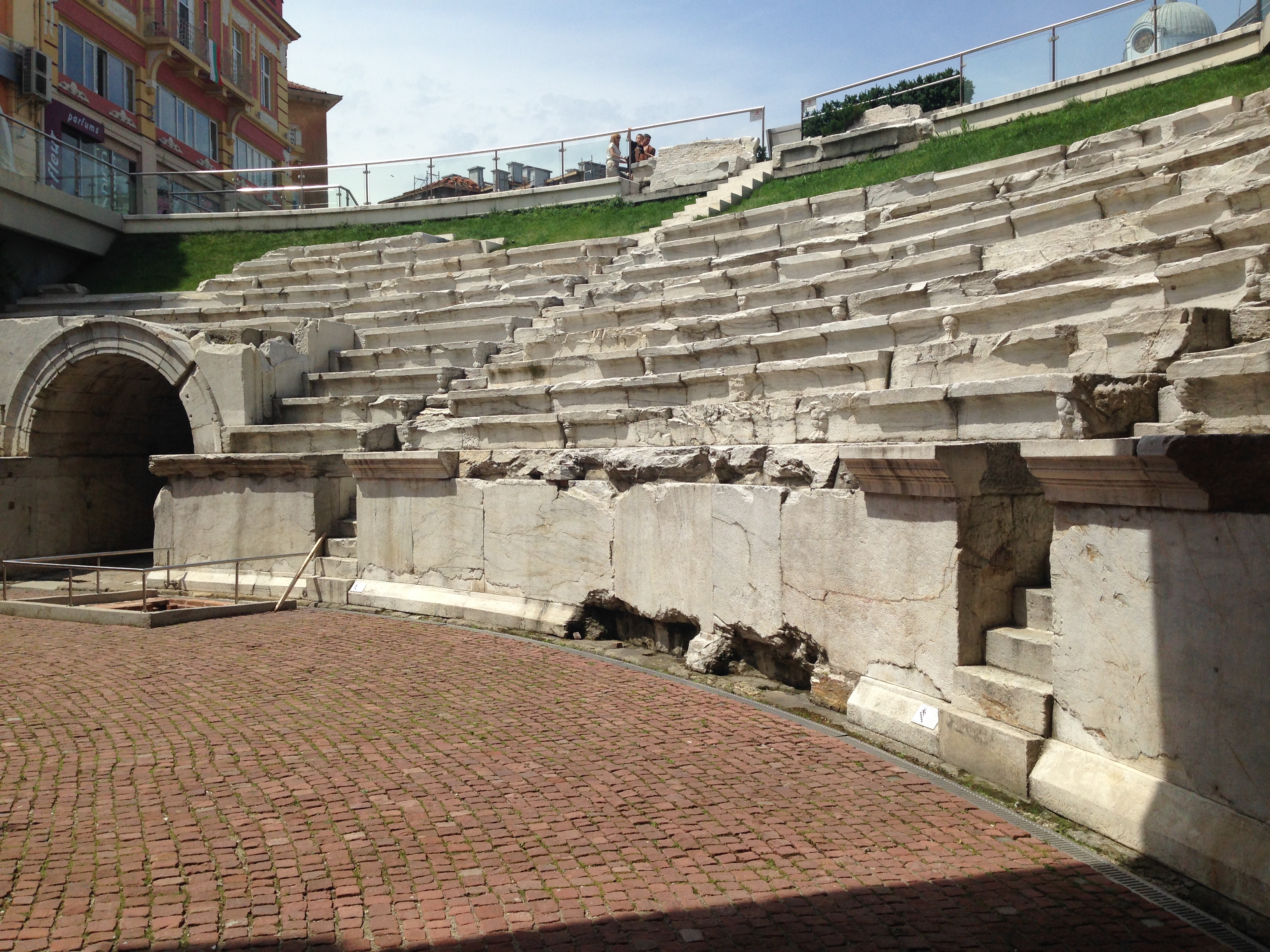
Philippopolis (Thrace)
Ancient city on seven syenite hills

Varna, Bulgaria
Ancient Thracian and Greek settlement site
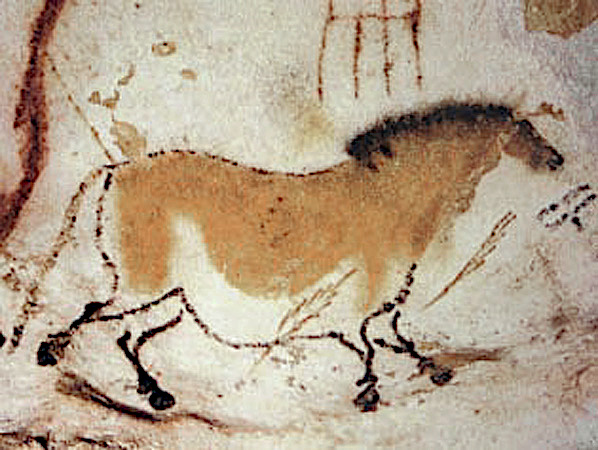
Solnitsata
Prehistoric fortified salt production town
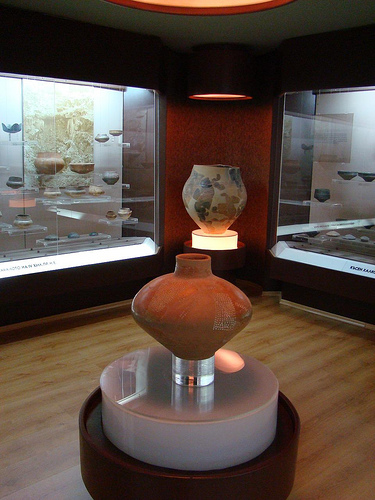
Neolithic Dwellings Museum
Well-preserved Neolithic houses in Bulgaria.